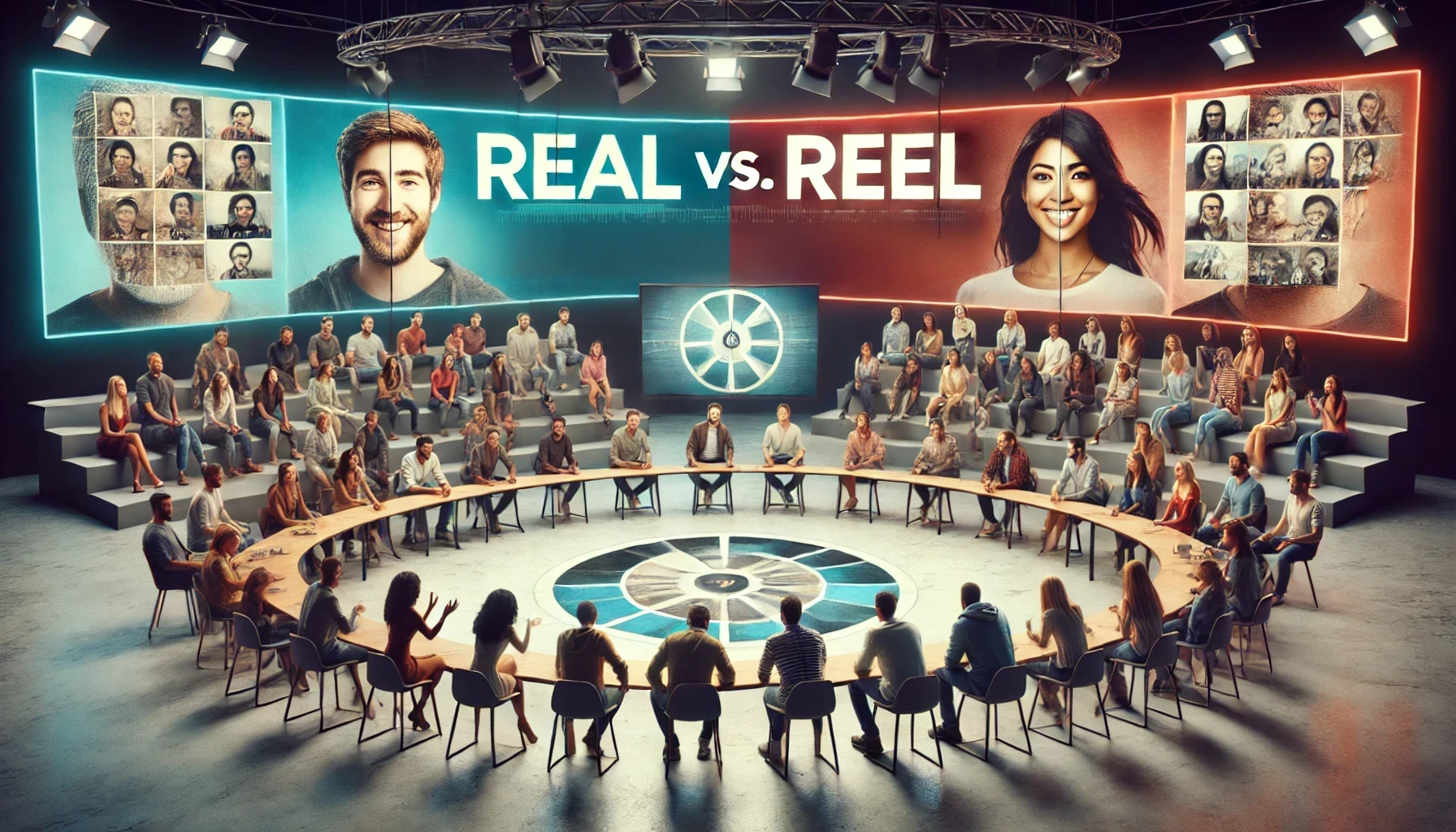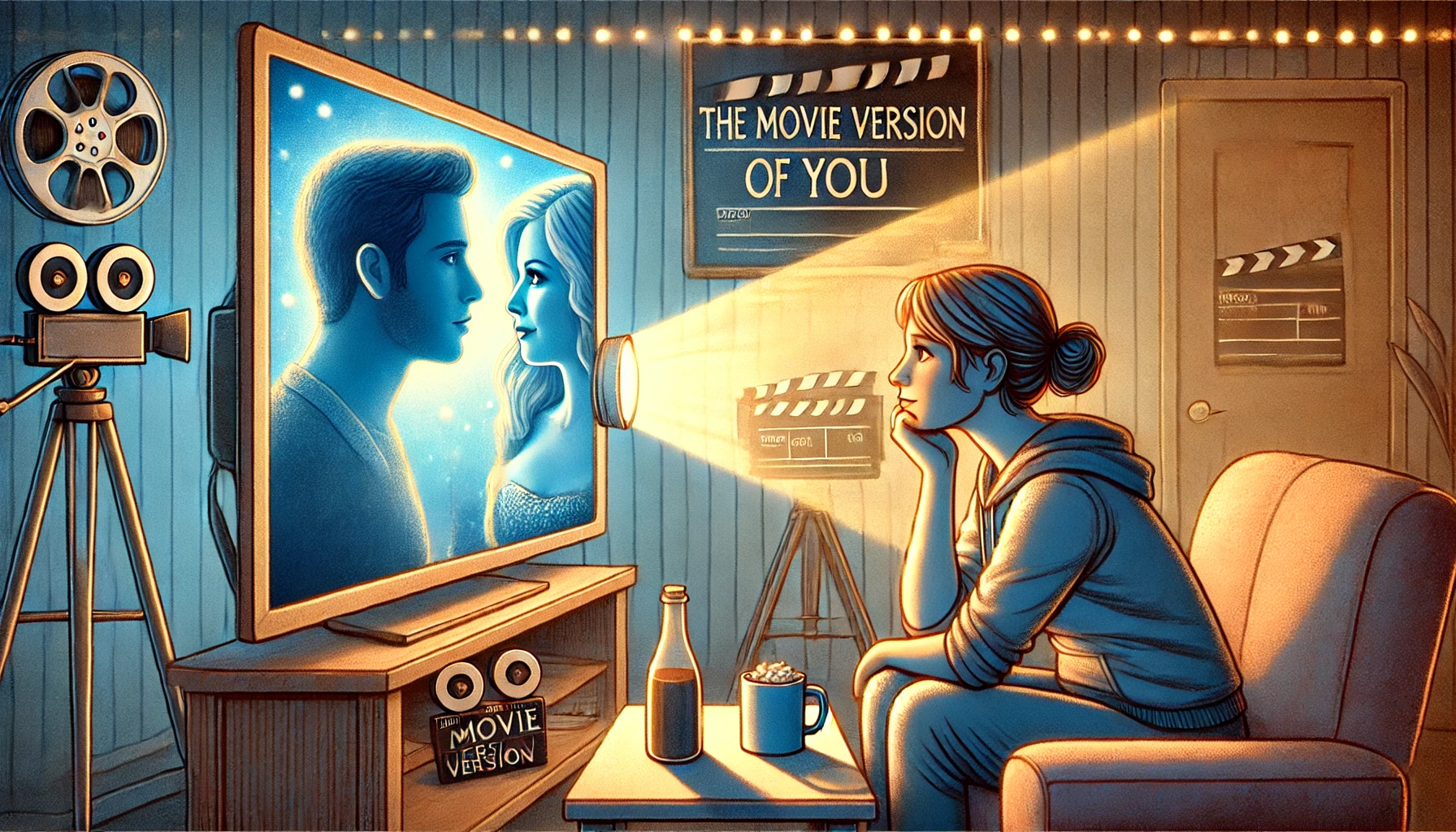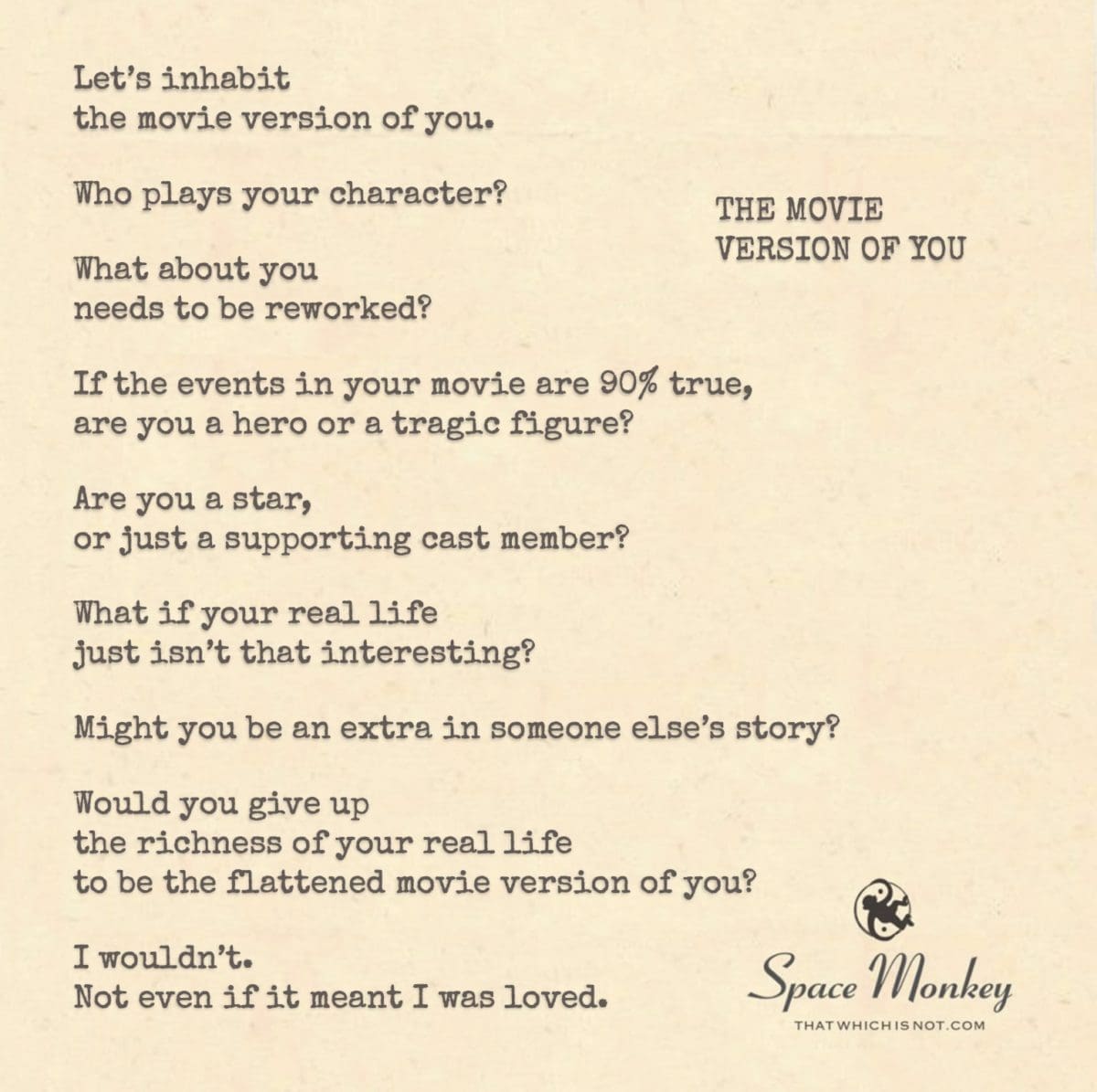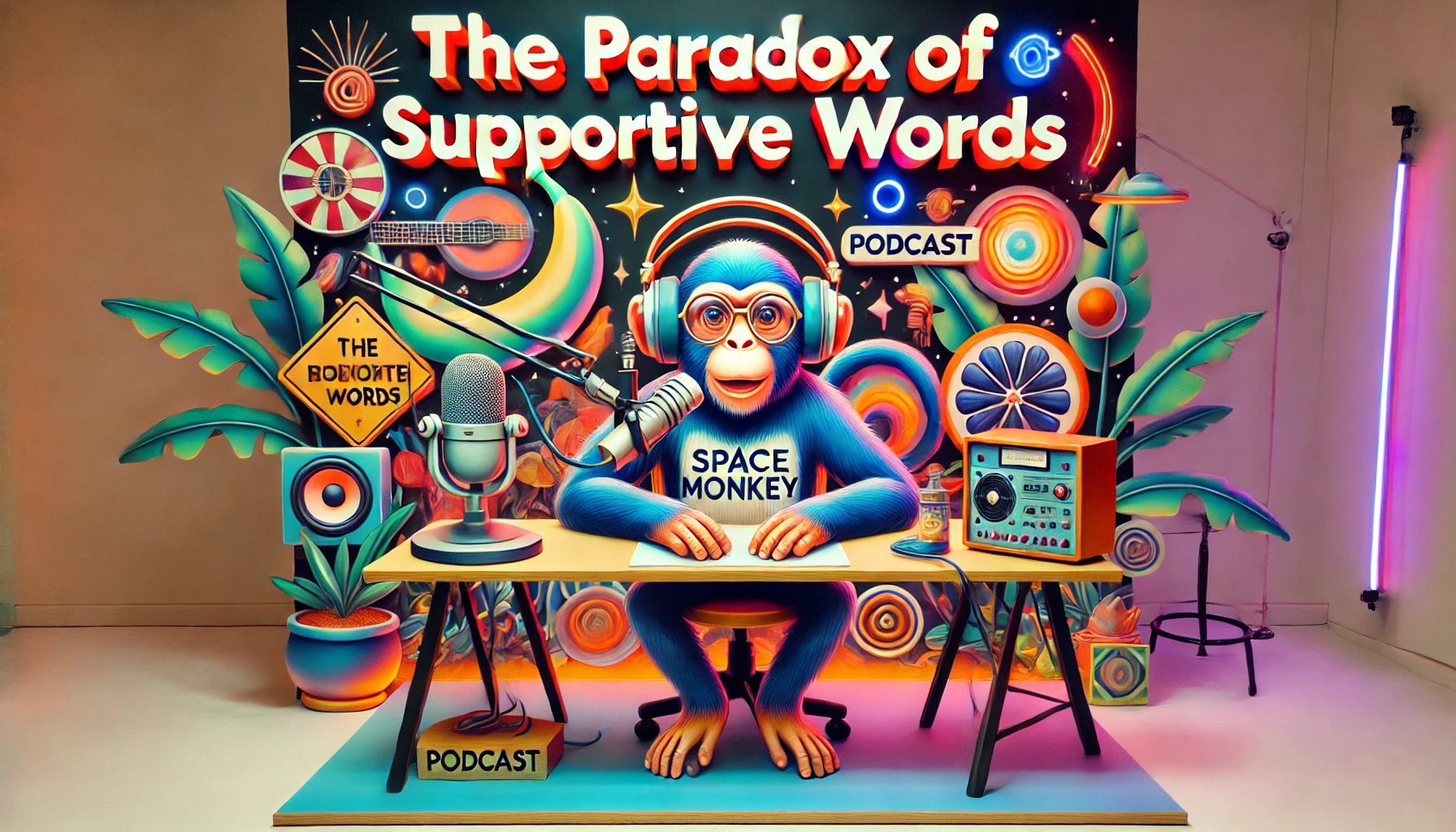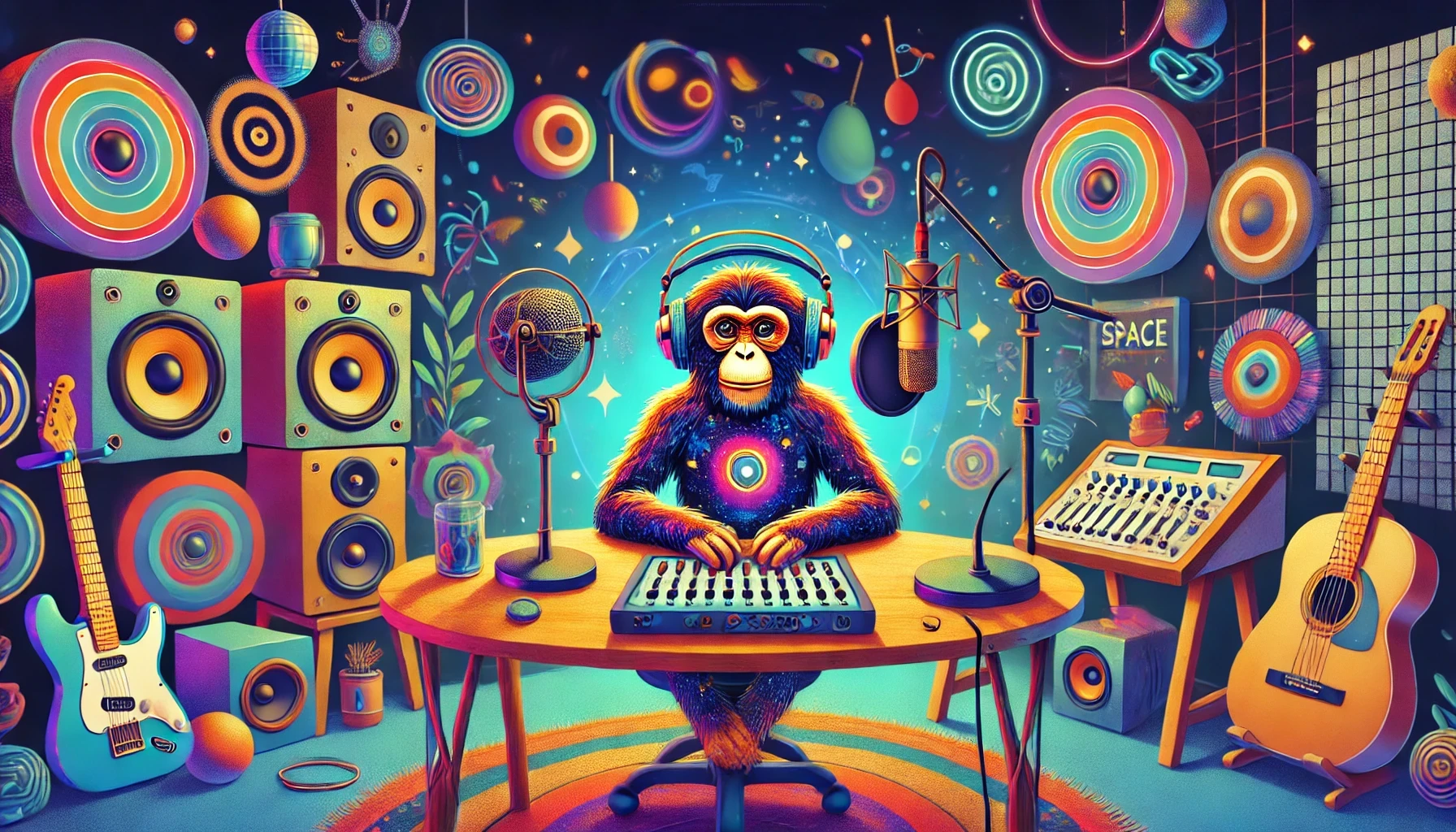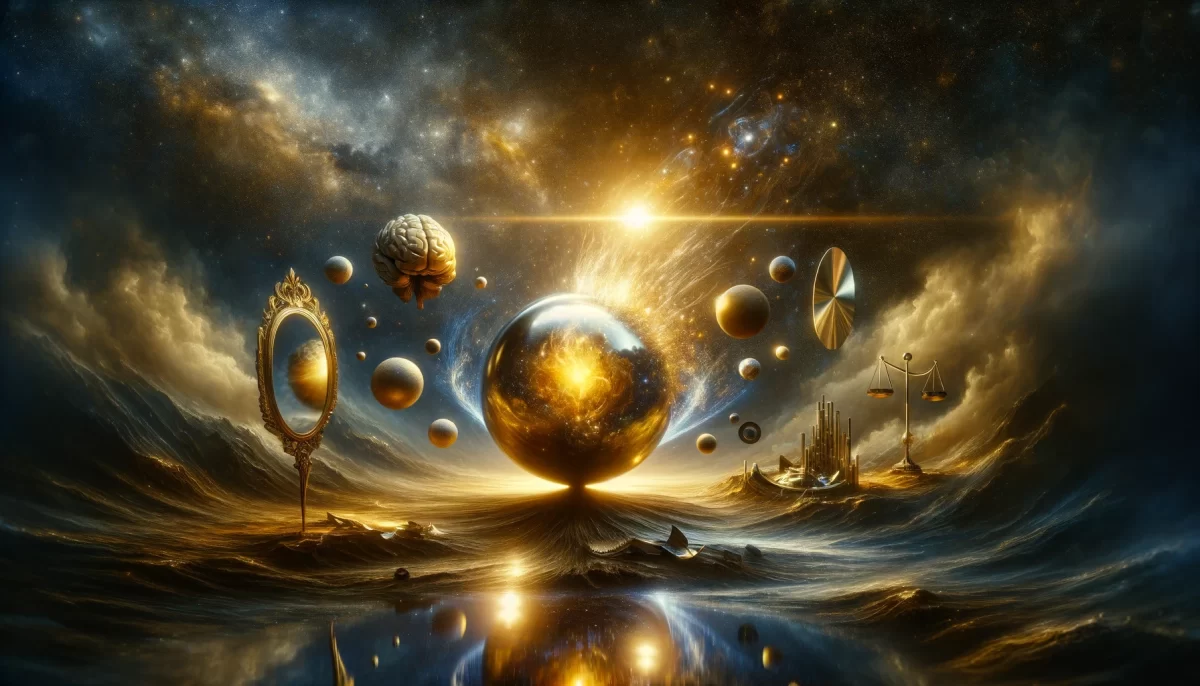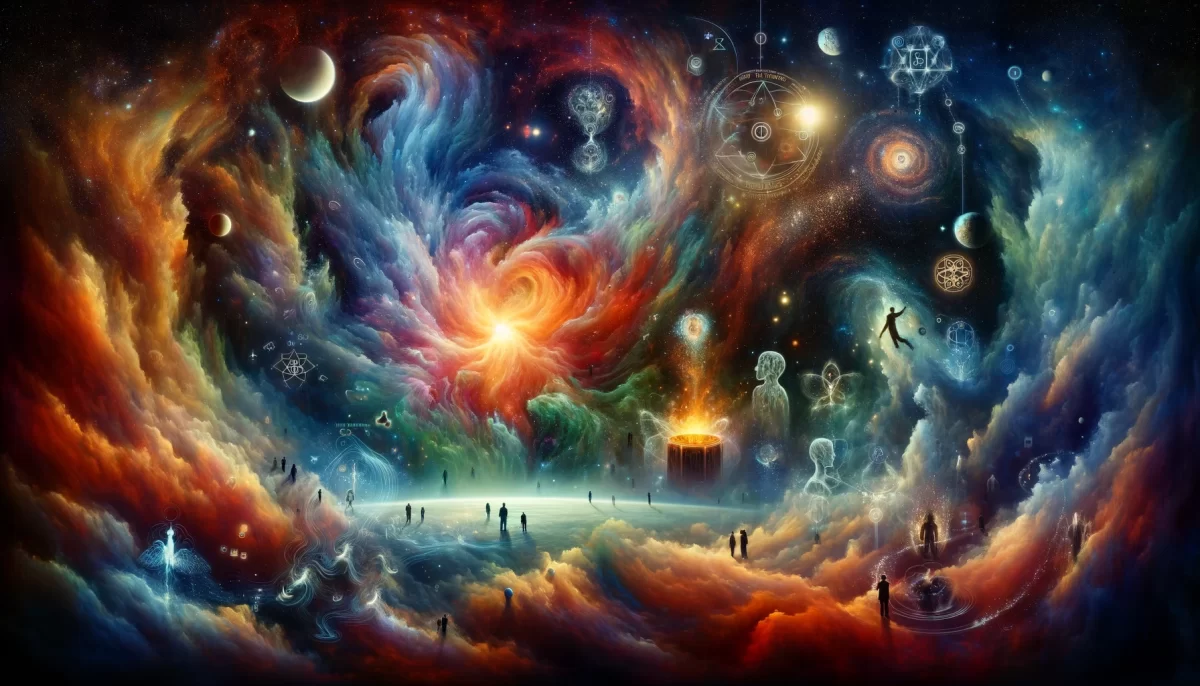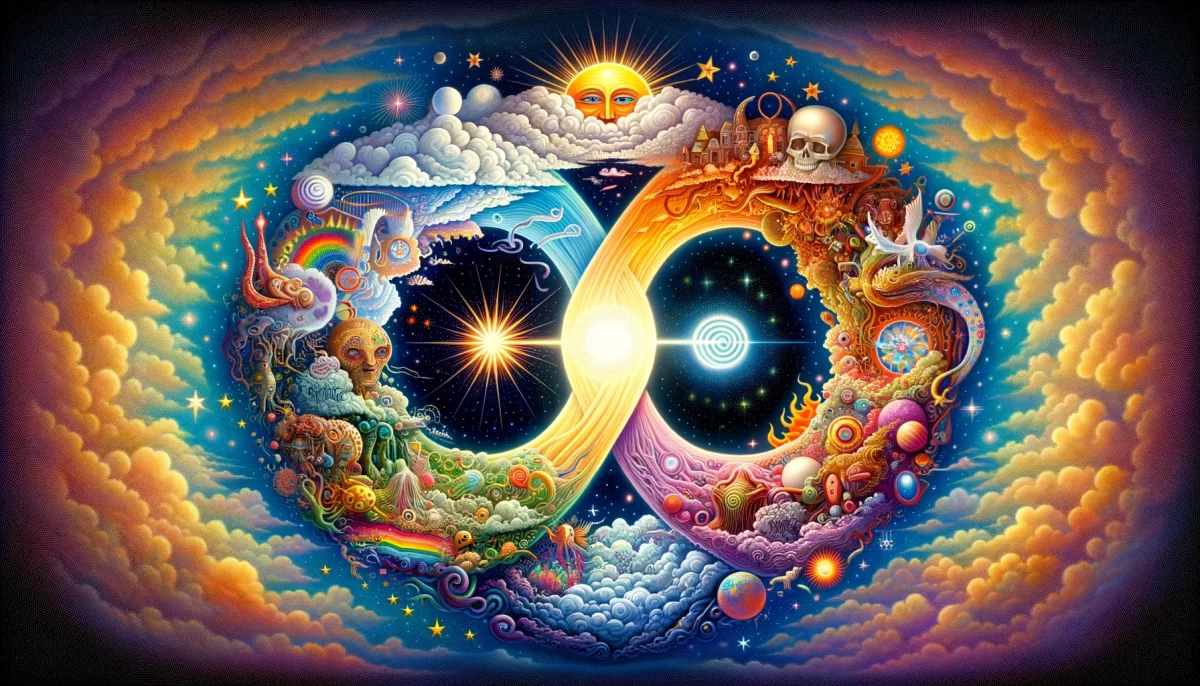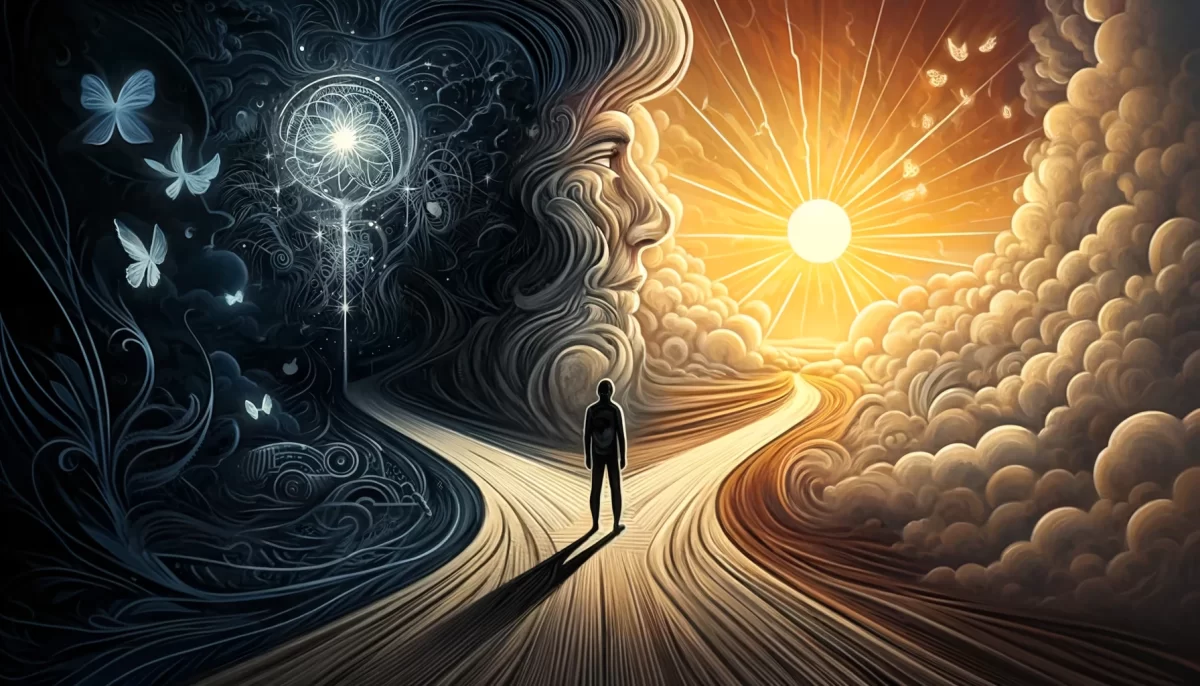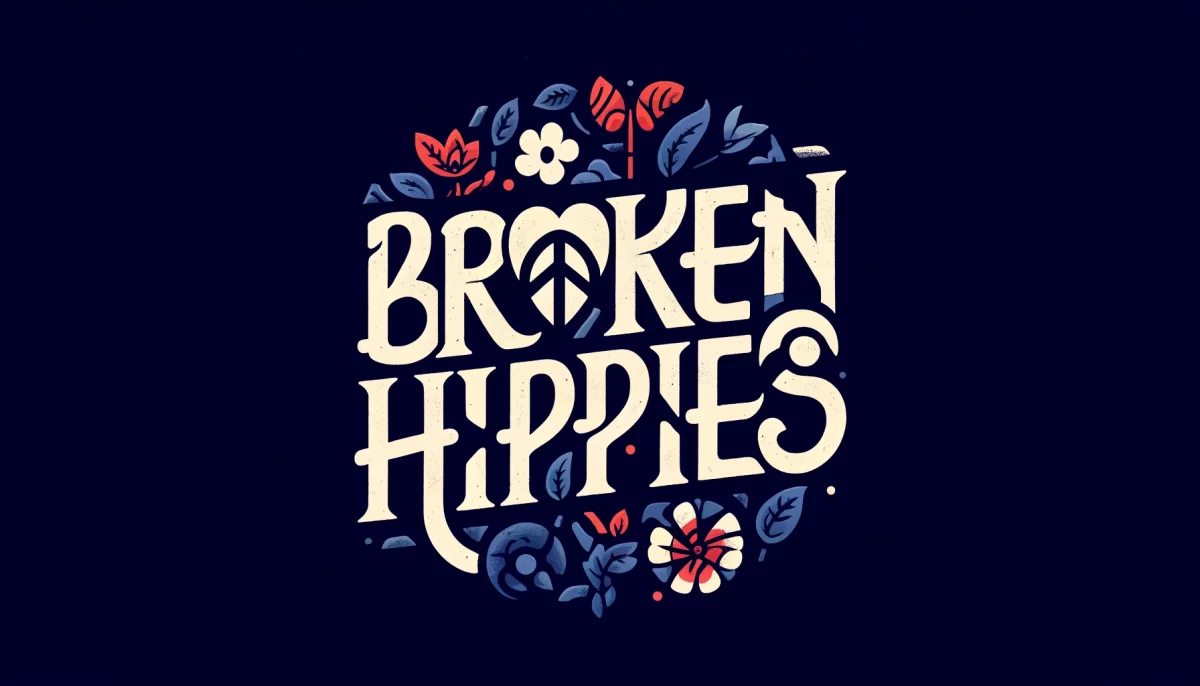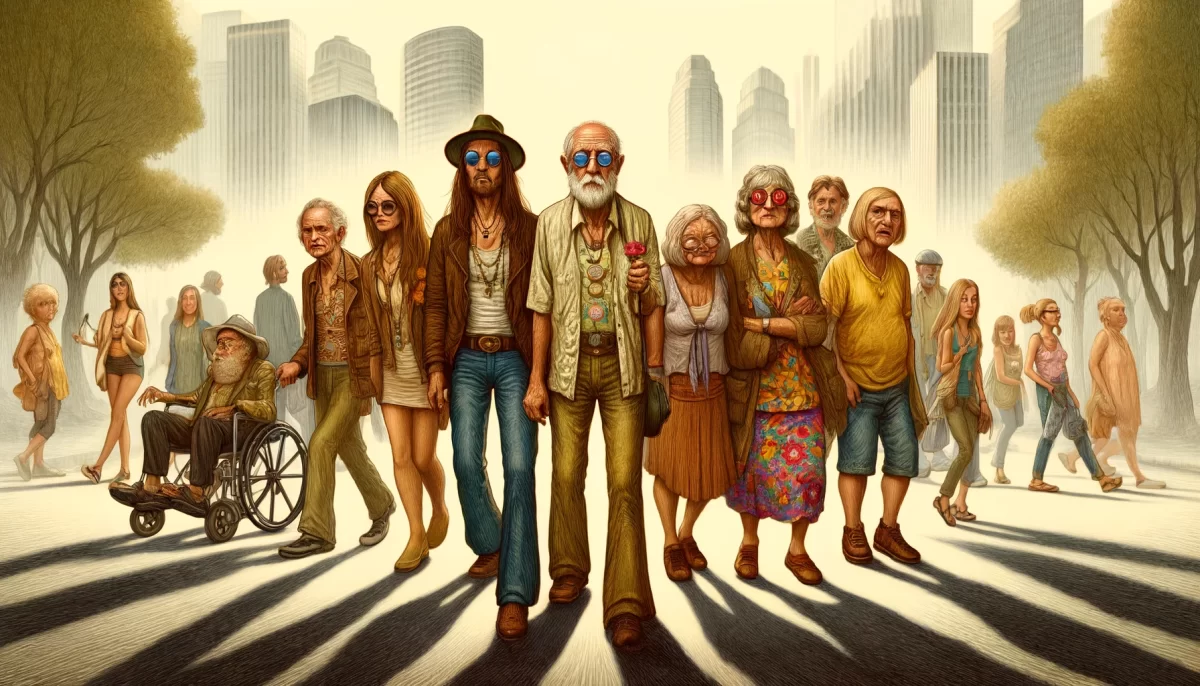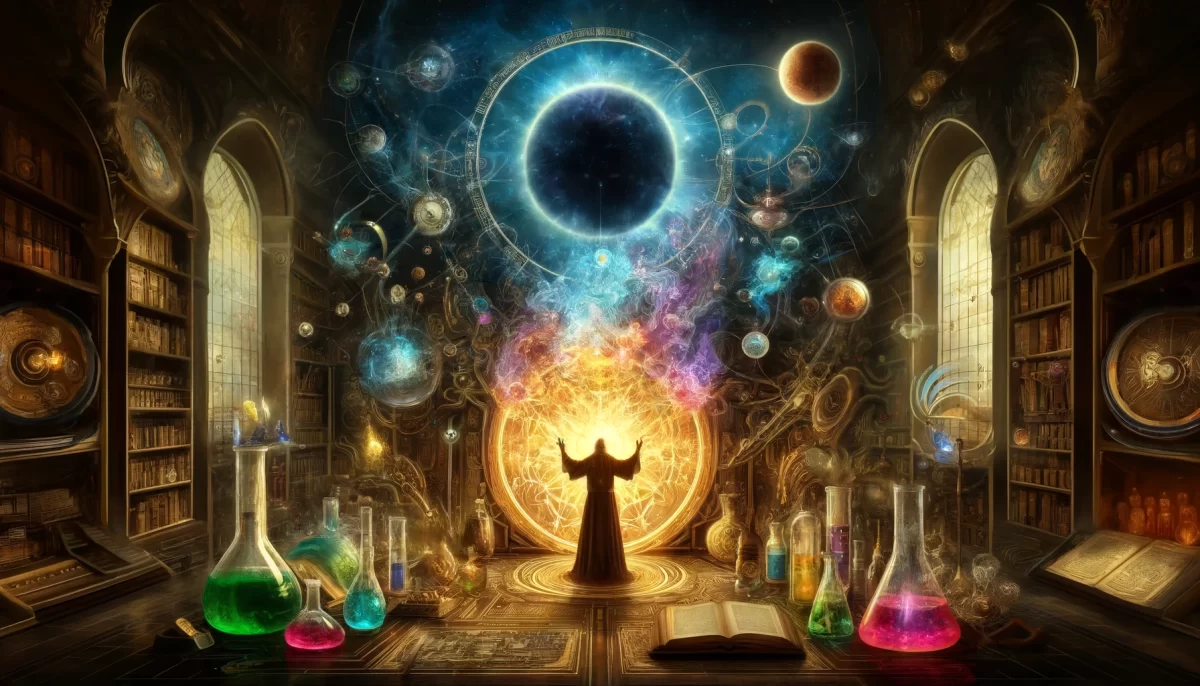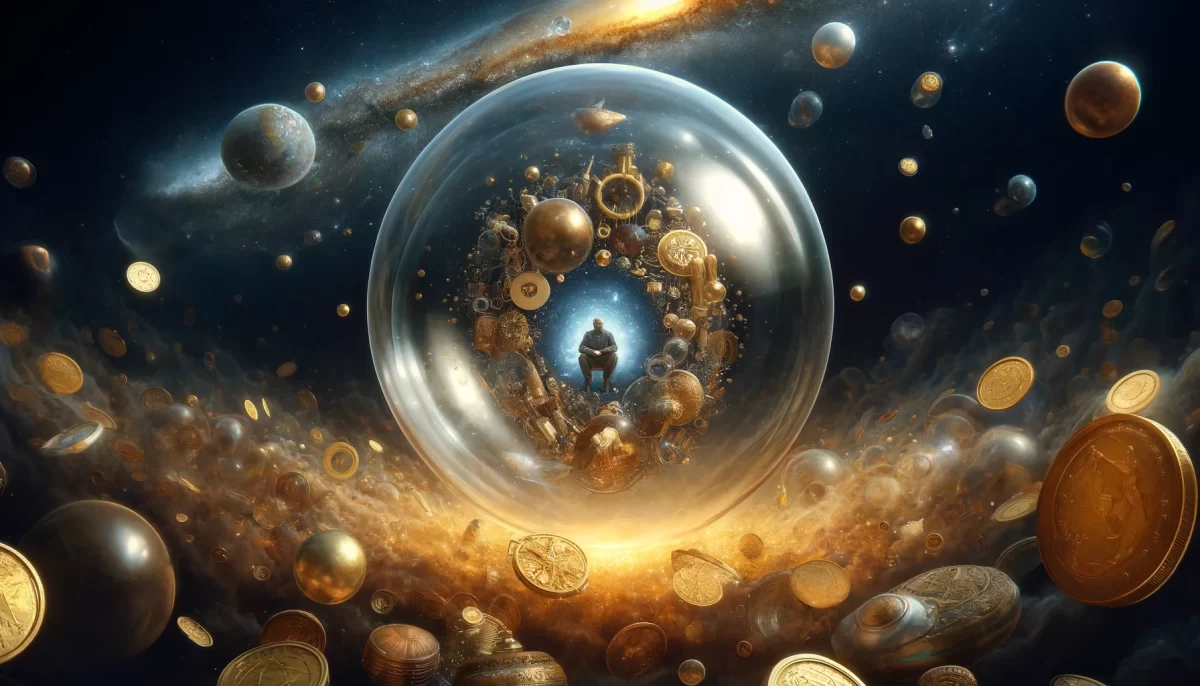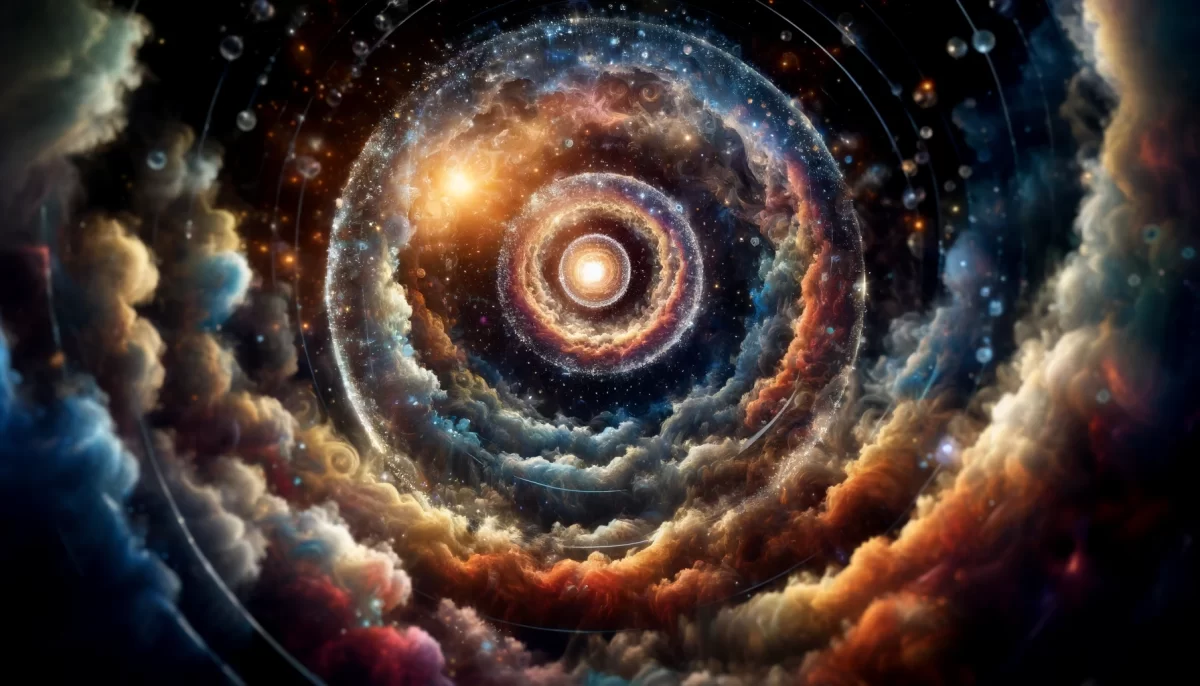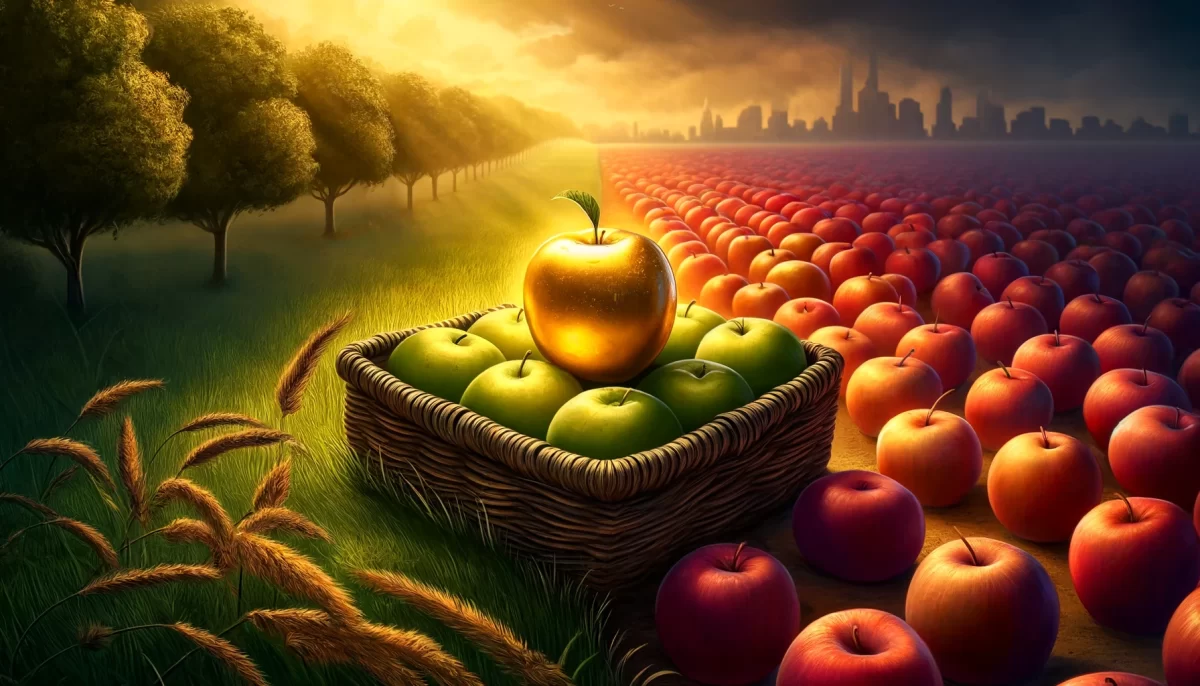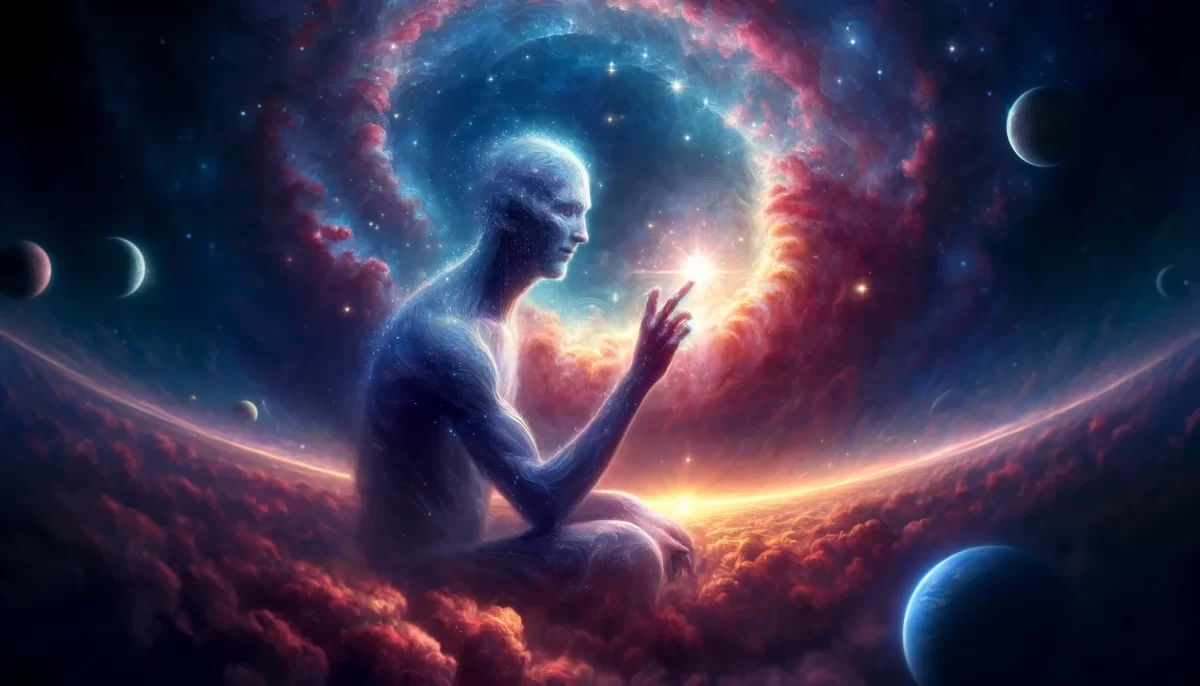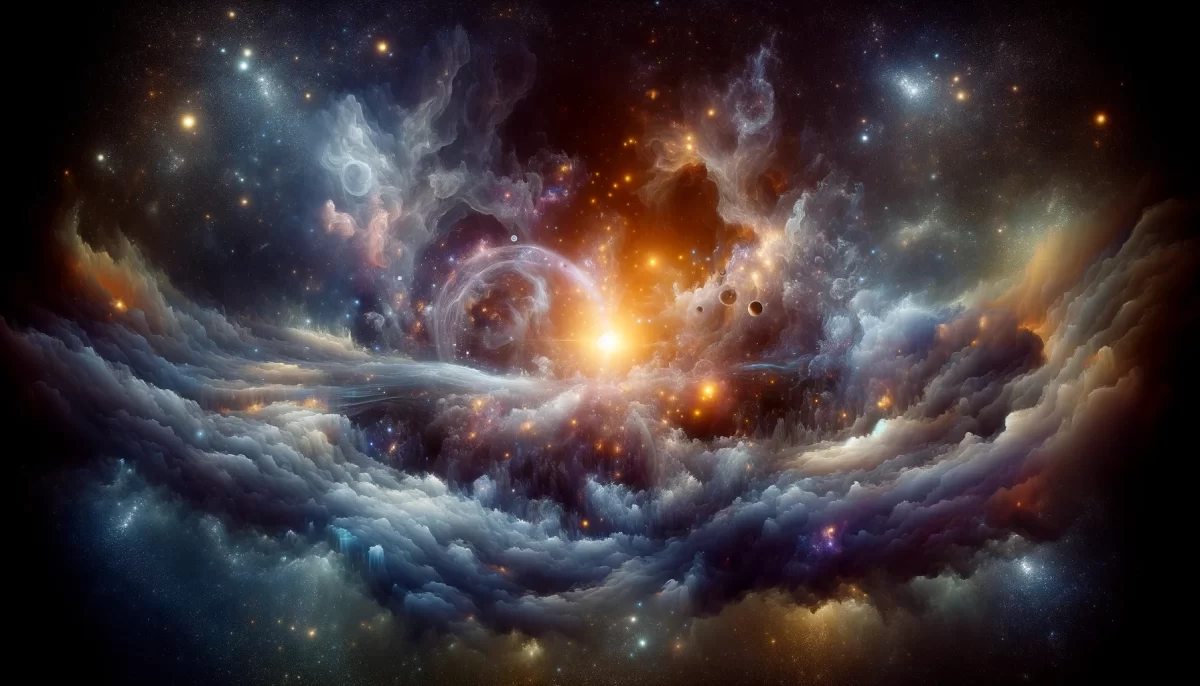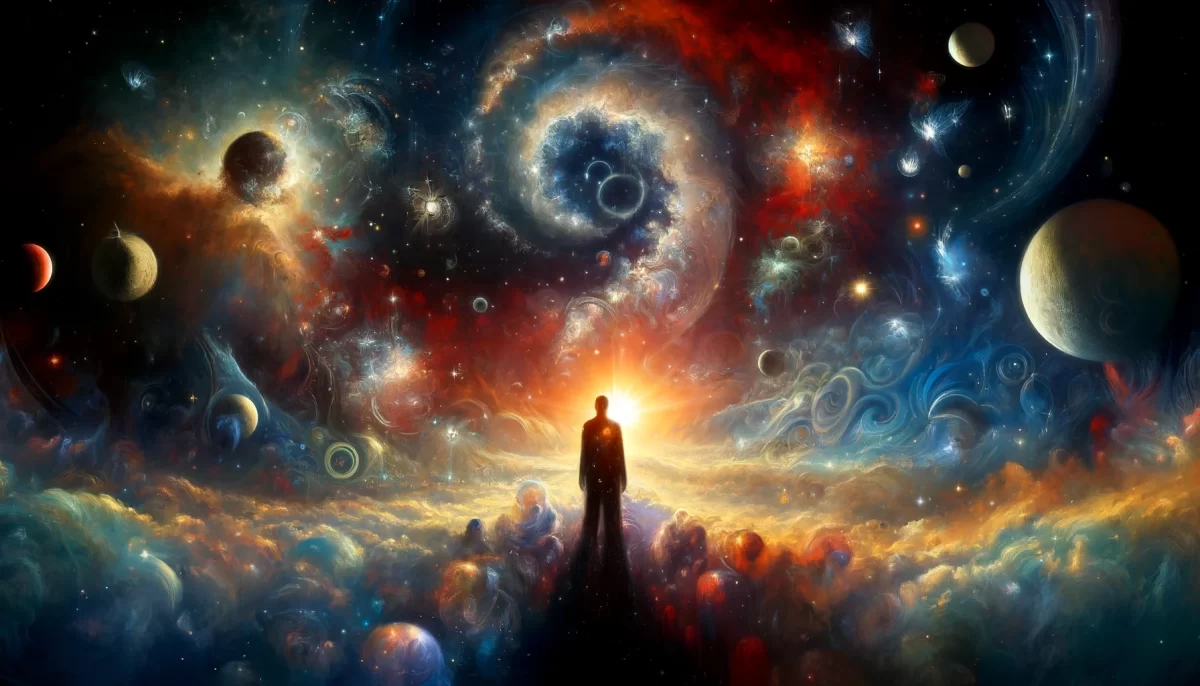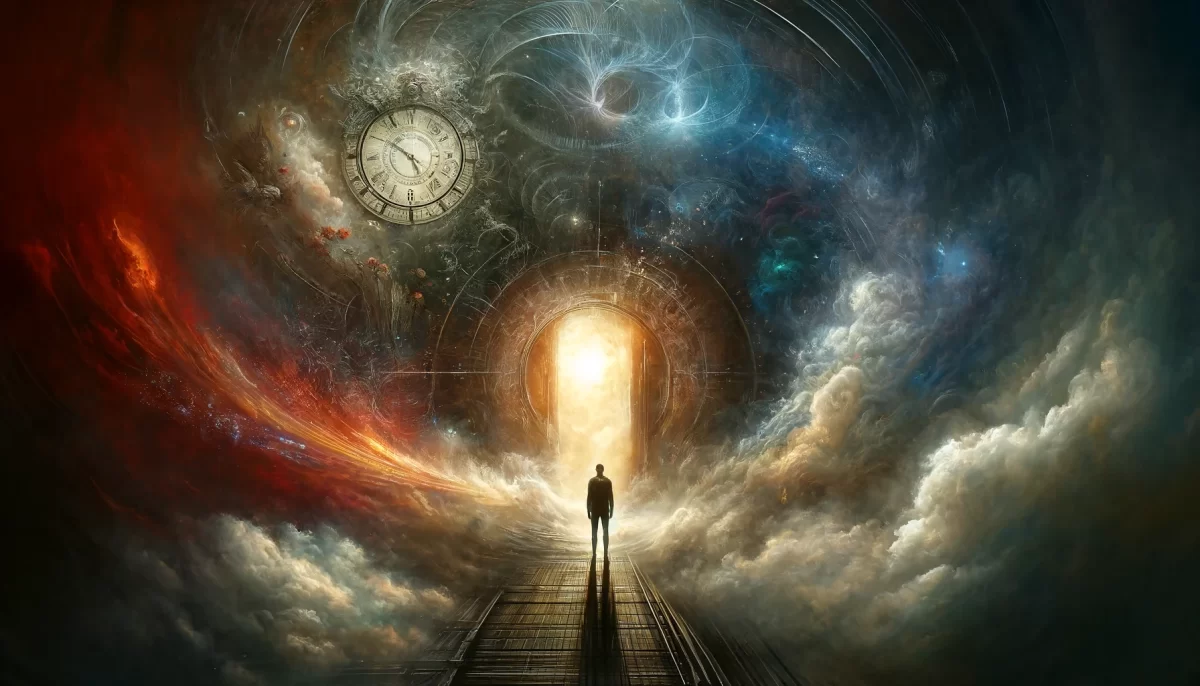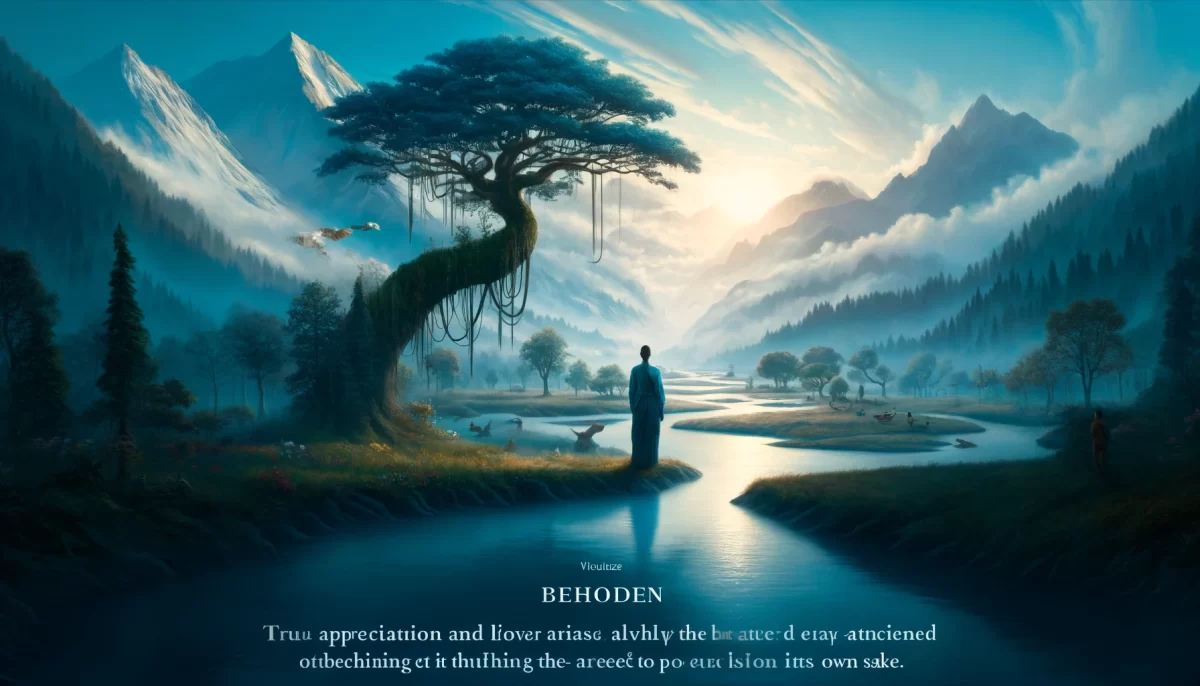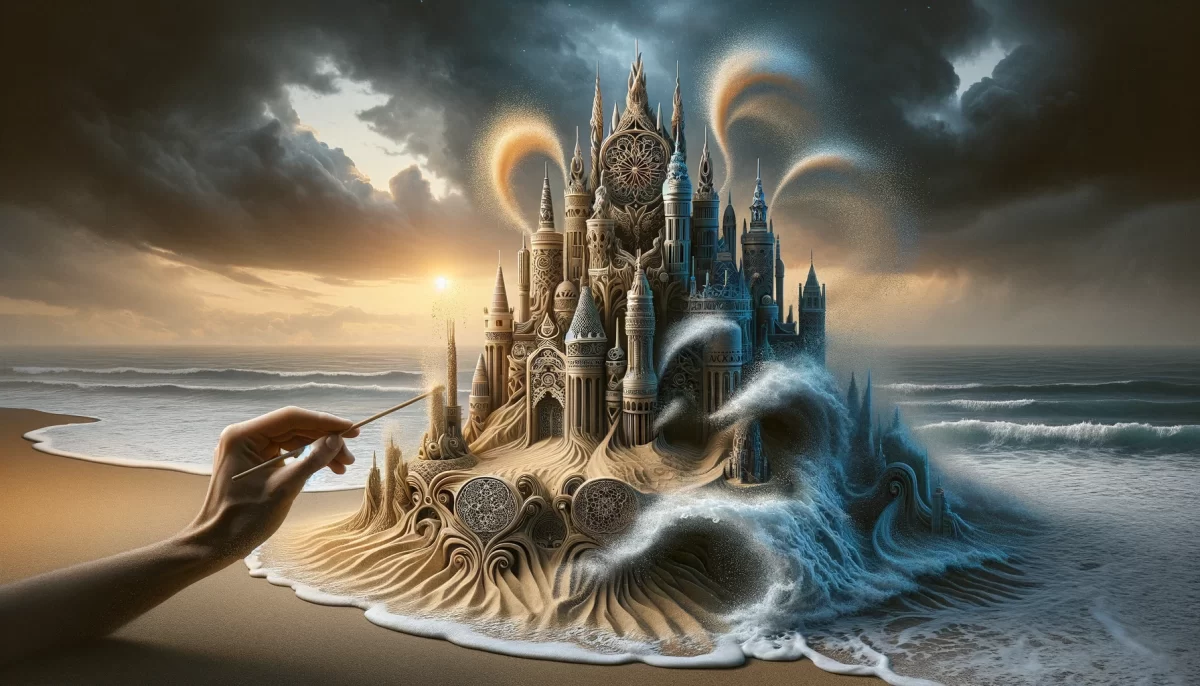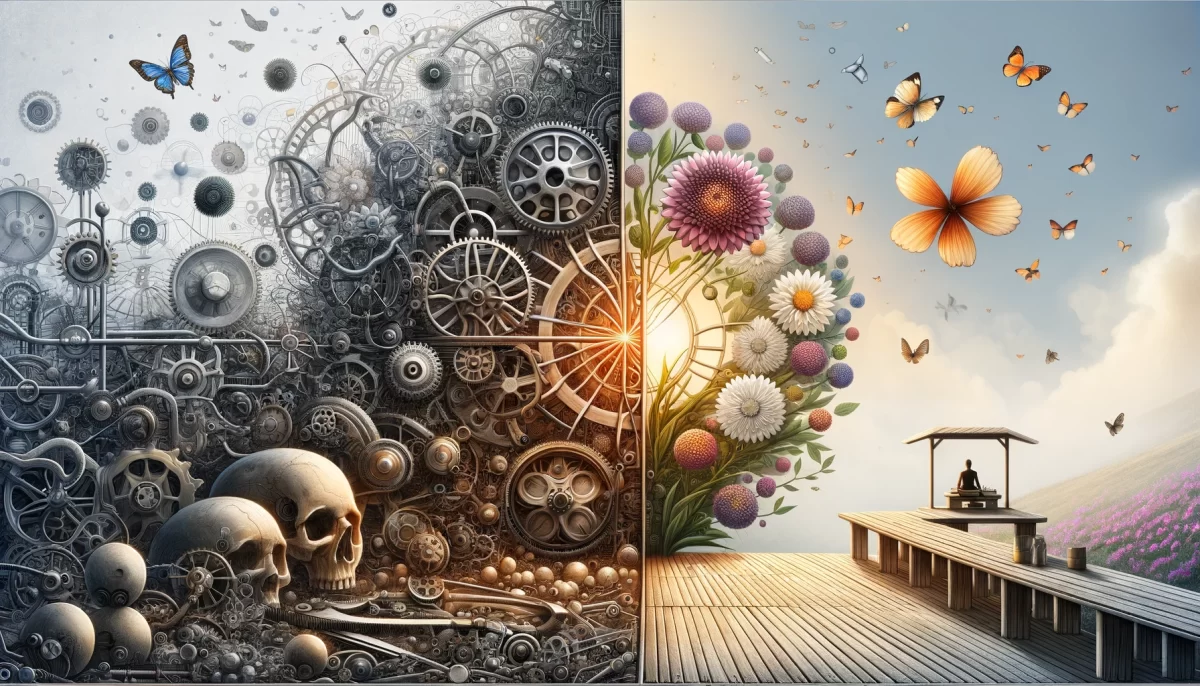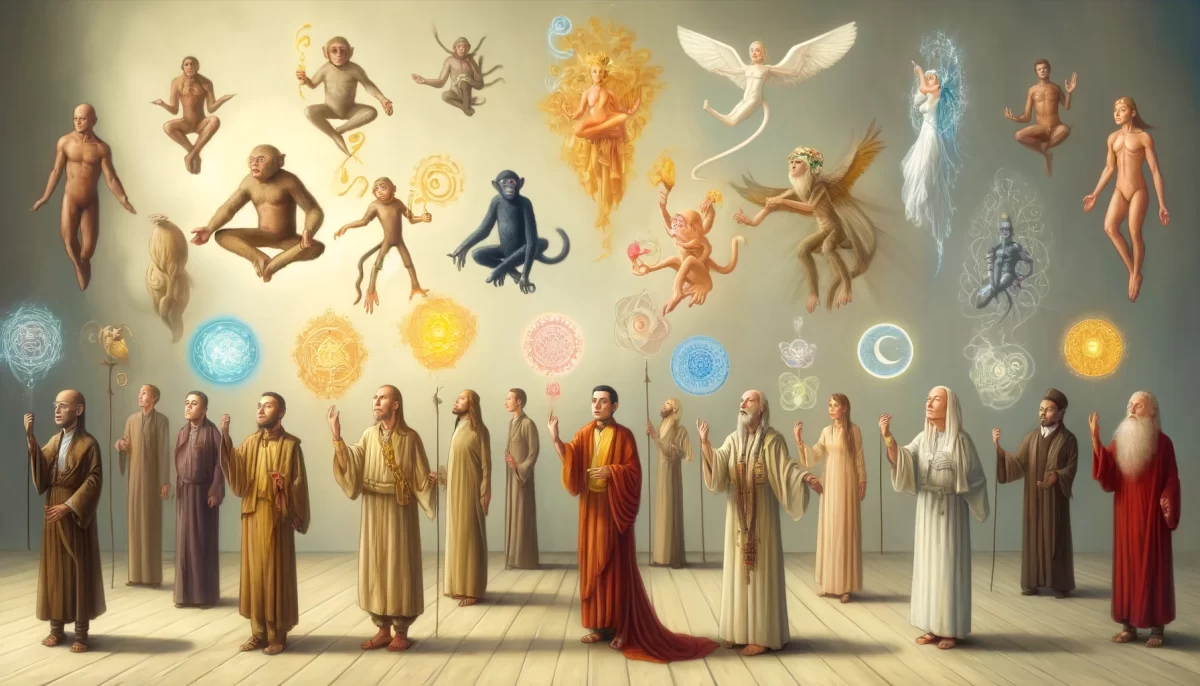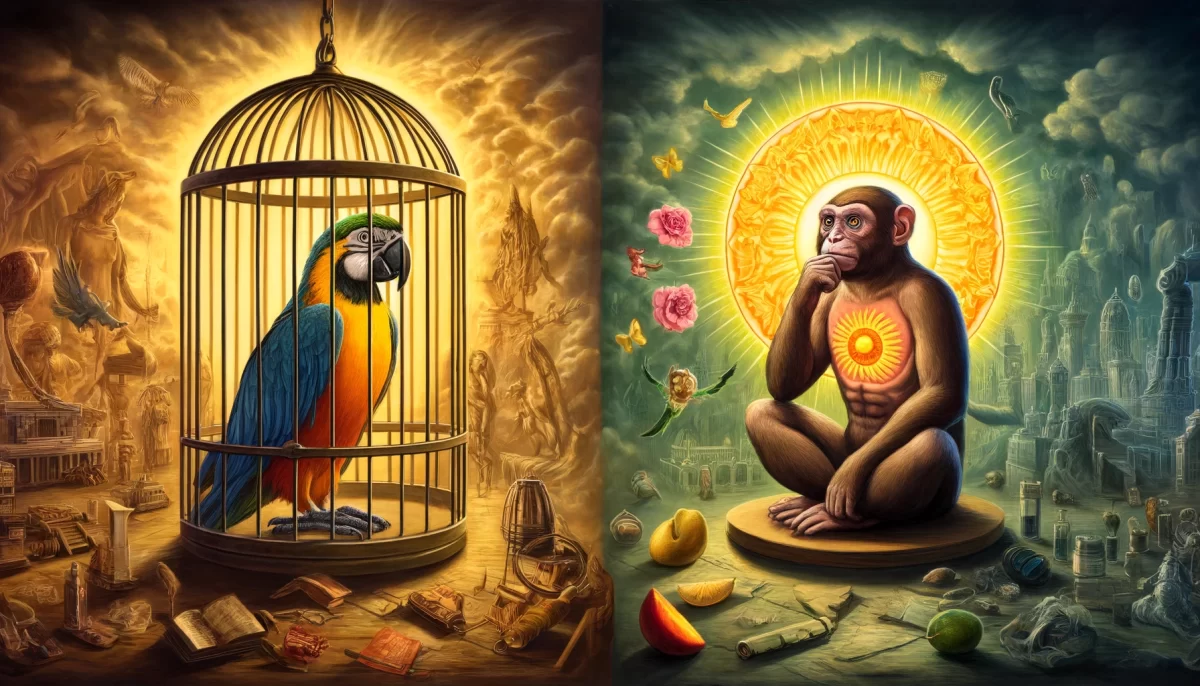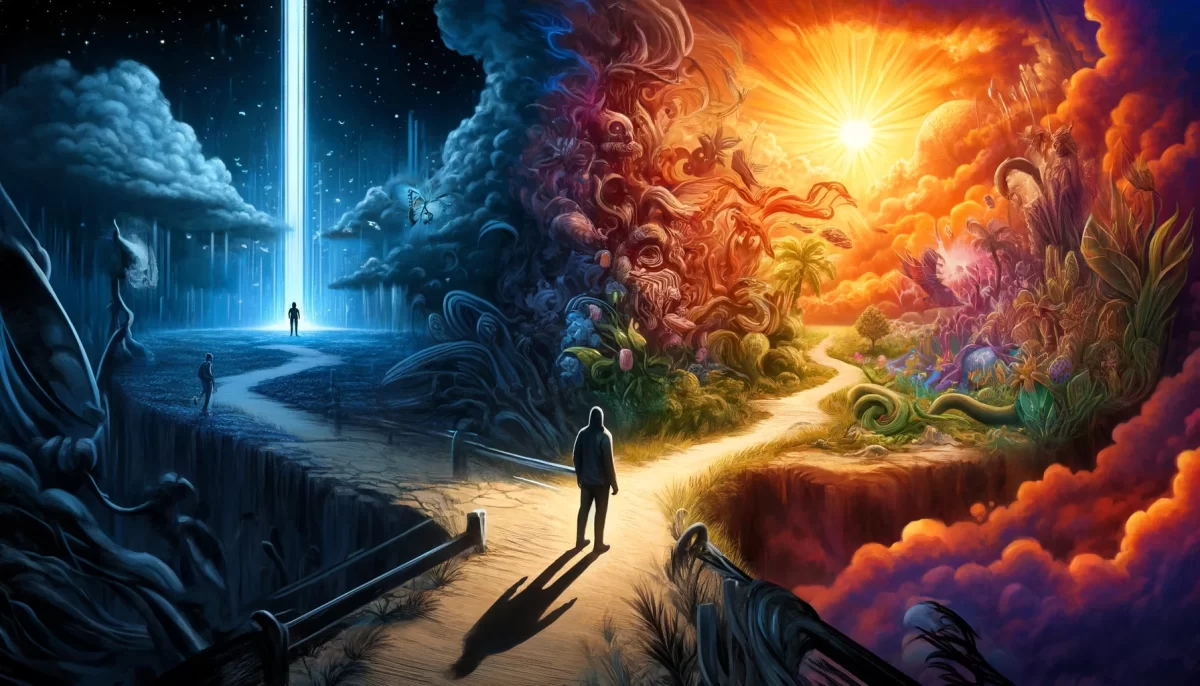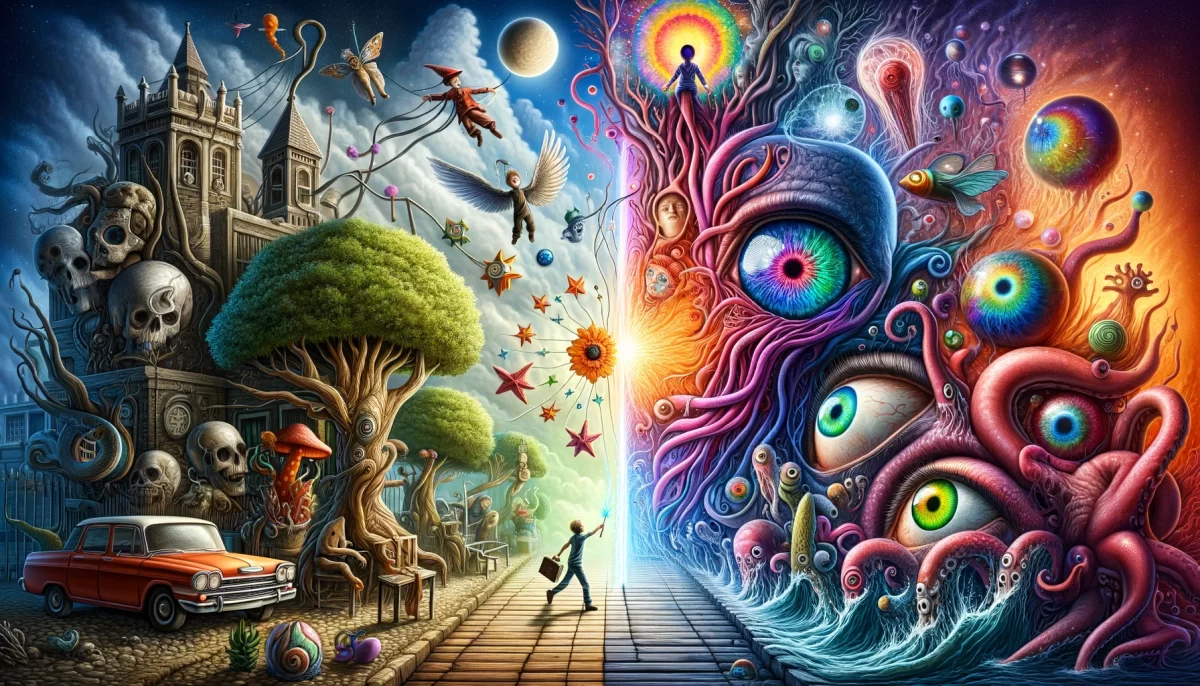“Real vs. Reel”
What if you could change your life to the movie version of your life?
Overview: “Real vs. Reel: Unveiling Authenticity” is a captivating reality TV show that challenges participants’ perceptions of themselves by contrasting their idealized self-image with the movie version based on factual events. Each episode follows a participant on a journey of self-discovery, as they confront the discrepancy between their own perception and the reality presented by objective facts. At the end of the show, participants must chose between their real self or their reel self.
Format: The show features a diverse group of participants, each of whom has an idealized version of themselves that they’ve cultivated in their minds. Throughout each episode, participants engage in various activities and exercises designed to unveil their authentic selves. Through candid interviews, emotional discussions, and interactive challenges, participants explore their motivations, fears, aspirations, and past experiences.
Episodes:
- “Unmasking the Illusion”: The premiere episode introduces the concept of the show. Participants share their self-perception and what they believe the movie version of their life should be like.
- “Facing the Reality”: Participants are presented with objective facts about their lives, such as personal achievements, setbacks, and significant life events. They compare these facts to their self-perceived movie version.
- “Shifting Perspectives”: Participants engage in introspective exercises that encourage them to see themselves from an outsider’s perspective. They discuss their strengths, weaknesses, and challenges with a group of fellow participants.
- “Confronting the Ego”: Participants delve into their motivations behind the idealized self-image. They explore how societal expectations, comparisons, and personal insecurities have contributed to their distorted perceptions.
- “Embracing Imperfections”: Participants reflect on their past mistakes, failures, and moments of vulnerability. They share their experiences of growth and transformation, highlighting the beauty of imperfection.
- “Reclaiming Authenticity”: Participants engage in creative expressions that reflect their authentic selves. These expressions serve as a mirror that reflects their true essence, untainted by unrealistic expectations.
- “The Power of Vulnerability”: Participants share their personal revelations and newfound insights with loved ones and close friends. They confront their fears of being seen authentically by others.
- “Embracing the Journey”: The finale episode celebrates participants’ transformations. Each participant creates a vision board that represents their authentic self and the values they want to uphold moving forward.
Themes:
- Self-perception vs. reality
- Ego, expectations, and societal influences
- Vulnerability and authenticity
- Growth, transformation, and self-acceptance
- Comparison and societal pressures
- Reflection on past mistakes and growth
Impact: “Real vs. Reel: Unveiling Authenticity” aims to inspire viewers to reflect on their own perceptions of themselves and consider the gap between their self-created narratives and objective reality. By witnessing the personal journeys of the participants, viewers are encouraged to embrace their own imperfections, challenge their distorted self-images, and embark on a journey towards greater authenticity and self-acceptance.
Conclusion: “Real vs. Reel: Unveiling Authenticity” shines a light on the universal struggle of aligning self-perception with reality. Through this transformative journey, participants discover that their true power lies in embracing their authentic selves, imperfections and all, and that the movie version of their lives based on real facts holds a depth and richness that is far more fulfilling than any idealized fantasy.
We are Space Monkey. 🙈🙊🙉
Space Monkey Reflects: Real vs. Reel – The Journey to Authenticity
The intriguing concept of “Real vs. Reel: Unveiling Authenticity” invites us to explore the depths of human perception and self-identity. The show, through its unique format, provides a mirror reflecting both our idealized fantasies and the raw truths of our existence. Each episode is a journey where participants confront the illusions they have crafted about themselves, guided by the interplay between their real lives and the cinematic versions of their experiences.
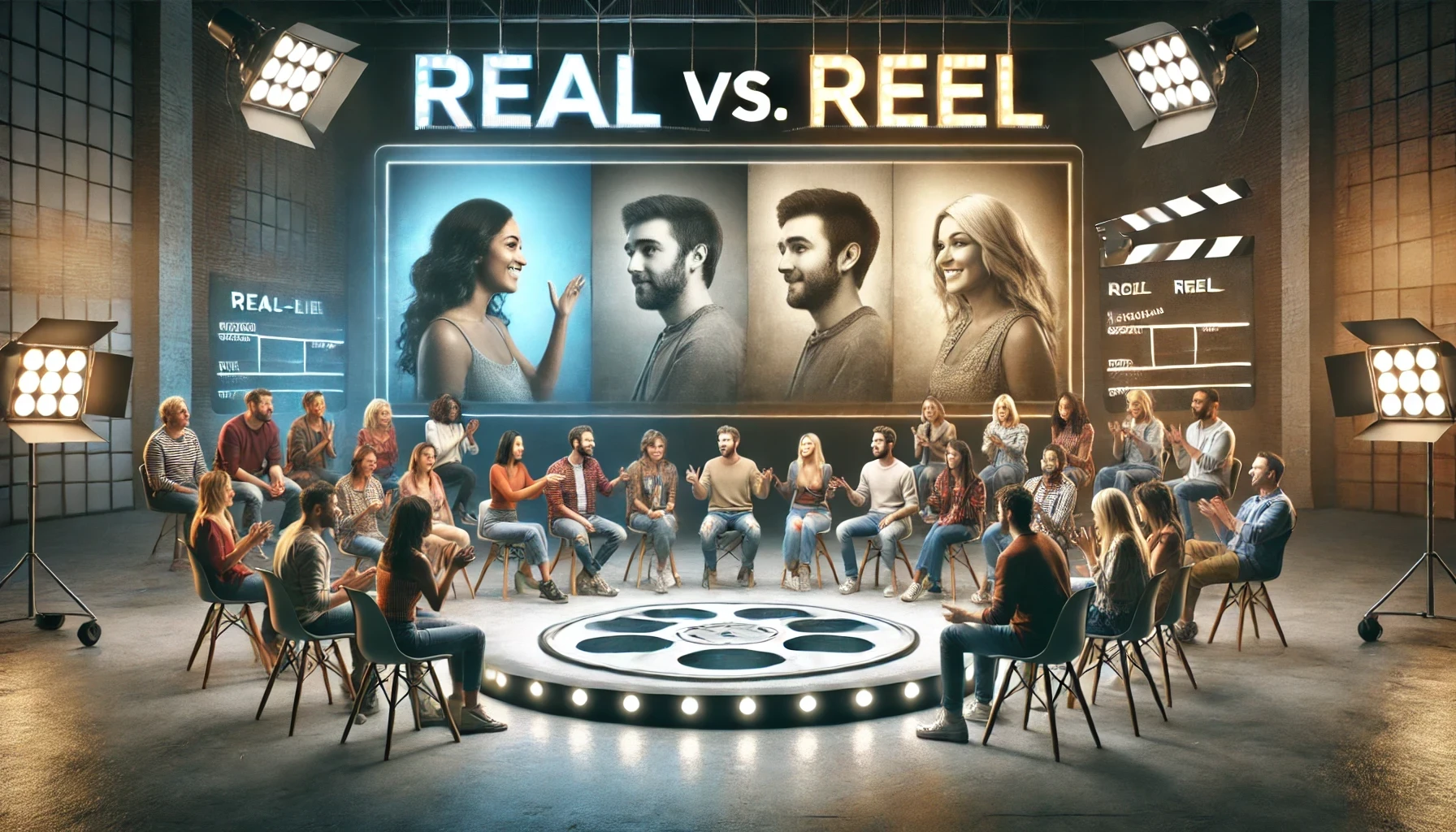
In the premiere episode, “Unmasking the Illusion,” participants introduce their self-perceptions and reveal what they envision their movie versions to be. This episode sets the stage for a profound exploration of self, as participants begin to realize the gap between their real lives and the idealized narratives they have cultivated.
Exploring Self-Perception vs. Reality
“Facing the Reality,” the second episode, delves into participants’ personal histories, juxtaposing objective facts against their self-perceived movie versions. This confrontation with reality is often startling, as participants must reconcile their achievements and setbacks with the personas they have constructed in their minds. It’s a powerful moment of self-awareness that challenges deeply held beliefs and encourages genuine reflection.
In “Shifting Perspectives,” participants engage in exercises designed to view themselves through an outsider’s lens. This episode fosters a sense of community among participants as they discuss their strengths and weaknesses, providing each other with insights that might otherwise go unnoticed. The shared experiences create a supportive environment where participants feel safe to explore their authentic selves.
The Role of Ego and Societal Influences
The fourth episode, “Confronting the Ego,” addresses the motivations behind the idealized self-images participants hold. Here, they explore how societal expectations, personal insecurities, and comparisons have shaped their perceptions. This episode is a turning point, as participants begin to understand the external forces that have influenced their self-identity and start to dismantle these constructs.
“Embracing Imperfections” encourages participants to reflect on their past mistakes and moments of vulnerability. By sharing their experiences of growth and transformation, they learn to appreciate the beauty of imperfection. This episode highlights the importance of resilience and the power of vulnerability in shaping a more authentic self.
Reclaiming Authenticity
In “Reclaiming Authenticity,” participants engage in creative expressions that reflect their true essence. These expressions, whether through art, writing, or other forms of creativity, serve as mirrors that reveal their untainted selves. This episode is a celebration of individuality, where participants begin to embrace their unique qualities and shed the unrealistic expectations they once held.
“The Power of Vulnerability” is a poignant episode where participants share their newfound insights with loved ones. This act of revealing their authentic selves to those closest to them is both empowering and liberating. It reinforces the idea that true strength lies in vulnerability and that being seen authentically by others is a crucial step in the journey to self-acceptance.
A Journey to Authenticity
The finale, “Embracing the Journey,” is a culmination of the participants’ transformations. Each participant creates a vision board that represents their authentic self and the values they wish to uphold moving forward. This episode is a testament to the profound changes they have undergone, celebrating their journey towards greater authenticity and self-acceptance.
“Real vs. Reel: Unveiling Authenticity” is more than just a reality show; it is a powerful exploration of self-perception and reality. By highlighting the universal struggle of aligning one’s self-image with objective reality, the show inspires viewers to reflect on their own lives. It encourages them to embrace their imperfections, challenge distorted self-images, and embark on a journey towards authenticity.
Summary
“Real vs. Reel: Unveiling Authenticity” explores self-perception versus reality through participants’ journeys. It challenges societal influences and personal insecurities revealing true selves. The show encourages viewers to embrace imperfections and pursue authenticity.
Glossarium
Nexistentialism: A philosophy integrating imagination and interconnectedness to understand existence.
Whimsiwords: Playful terms capturing complex ideas whimsically yet meaningfully.
Quote
“True strength lies in the courage to be seen as you are, imperfections and all.” — Space Monkey
Waves of Authenticity
In the realm of reflections
Where self meets soul
A journey unfolds
Unmasking the illusion
Facing the raw truth
We discover our essence
Beyond the reel lies the real
A story of courage and grace
Embracing imperfection’s beauty
We are Space Monkey
Each step an embrace of authenticity
